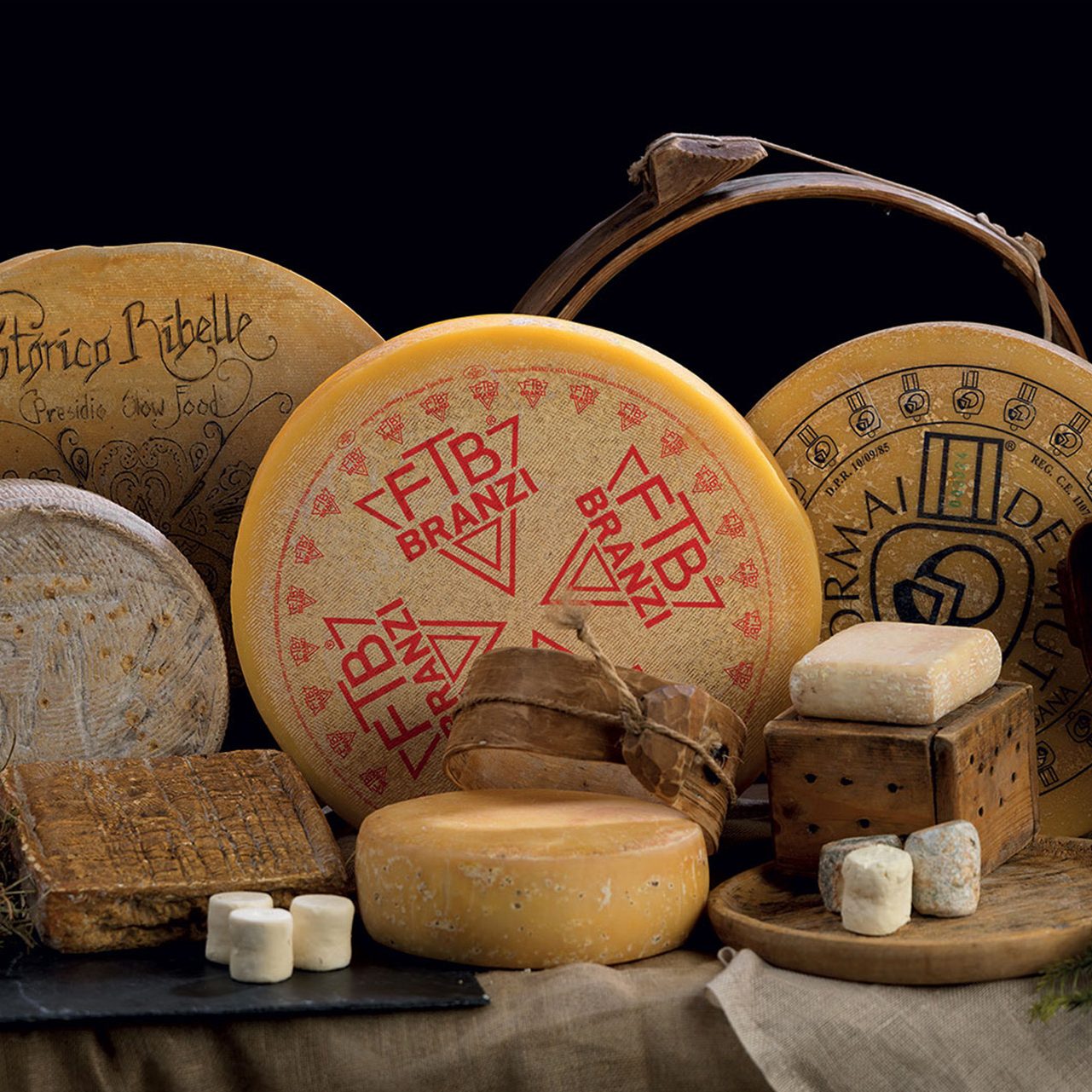
Queijo Artesanal da Alagoa
The first documents certifying the production of this cheese date back to the beginning of the 20th century. The origins of this cheese can be traced back to families of Italian immigrants who settled in this region. Even today the production takes place on small family farms.
360-degree tour
Explore the details

Characteristics
Name:
Queijo Artesanal da Alagoa
Milk:
Vaccine/unpasteurized, full-cream, natural whey, salt and rennet.
Rind:
Thin and smooth.
Weight:
From 1 kg to 5 kg.
Shape:
Cylindrical shape.
Paste:
Semi-hard paste. Inside it is straw yellow.
Taste:
The flavour varies according to the ripening, going from a sweet lactic flavour with a short ripening to more intense and spicy flavours and aromas for prolonged ripening with notes of dried fruit and meat broth.
Production:
Even today the production takes place on small family farms.
The cheese is produced in the area of the Serra da Mantiqueira in the south of the Brazilian state of Minas Gerais, in the municipality of Alagoa. The region of denomination is consists in one Municipal and has about 300 cheese makers, who transform about eighteen thousand litres of milk a day.
Production area:
Brasil.
DENOMINAÇÃO:
Queijo Minas Artesanal Alagoa
Leite:
Vaca, leite cru, leite inteiro, pingo (fermento natural), coalho, sal.
Casca:
Fina e lisa.
Peso:
De 1 a 5Kg.
Formato:
Formato cilíndrico.
Consistência:
Consistência semi dura.
Sabor:
O interior com uma cor amarelada, sabor láctico a picante dependendo do tempo de maturação, odor suave, sem olhaduras.
Produção:
O queijo artesanal Alagoa, é produzido nas áreas preservadas da Serra da Mantiqueira no sul do Estado de Minas Gerais, no município de Alagoa.
A região de indicação geografica é composta por um município e conta com mais ou menos 300 produtores. O volume de leite processado pelos produtores é de dezoito mil litros de leite por dia, para a produção prevista de 1600 kg de queijos. A tecnologia foi herdada de uma família italiana que foi morar em Alagoa no começo do século XX. Atualmente a produção permanece na agricultura familiar.
Pais:
Brasil.



